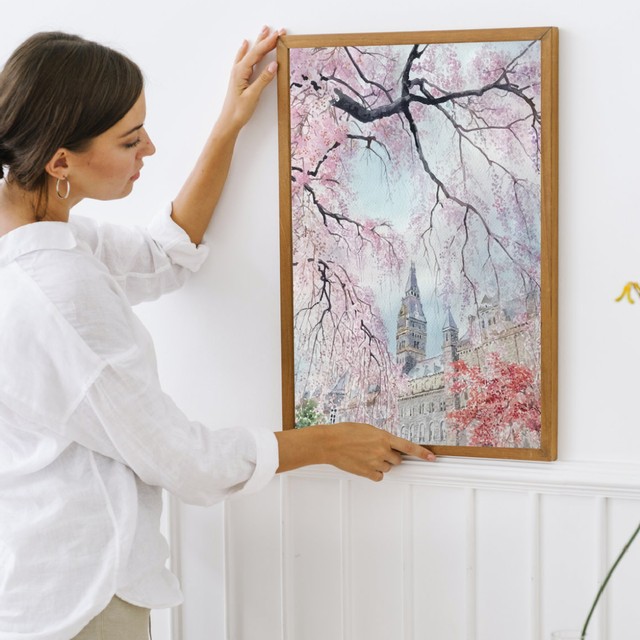Watercolor and Oil Paintings Made Easy
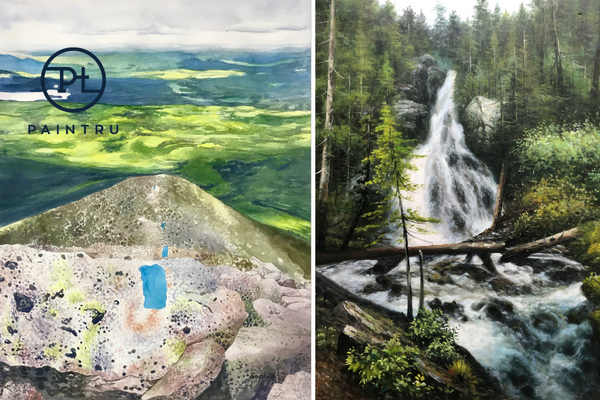
Both oil and watercolor painting, which are common materials, has been utilized by artists for millennia. Although each medium has distinctive qualities and advantages of its own, many contend that watercolor painting is preferable to oil painting.
One of the most striking characteristics of watercolor pigments is, first and foremost, their transparency. Because watercolor pigments are light-sensitive, light can travel through the paint layers, giving the painting an impression of depth and brightness that is not possible with oil paints. Landscapes and other outdoor scenes can benefit most from this since the transparency of the paint enables a more accurate depiction of light and atmosphere.
Watercolor painting also has the benefit of drying quickly. Watercolors dry rather rapidly compared to oil paintings, which can take days or even weeks to fully cure. More spontaneity and freedom are now possible during the painting process. Watercolors dry rapidly, requiring artists to work swiftly and make judgments on the spot, which can result in paintings that are more vibrant and expressive. Because watercolors dry quickly, more layering and glazing methods can be used to give the painting a sense of depth and luminosity.
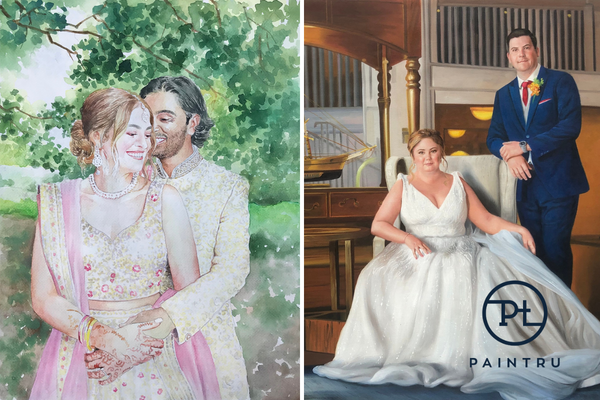
Moreover, watercolor paintings are relatively simple to clean. Unlike to oil paintings, which can be readily cleaned up with merely water, watercolors don't need solvents or other chemicals. As a result, watercolor painting is a more practical choice for artists who work in a variety of environments and is also more environmentally friendly.
Another advantage of watercolor paintings is their portability. Due to their portability and lightweight, watercolors are perfect for air or location painting. Whether traveling or painting outdoors, artists can easily bring their watercolor paints and supplies with them. Because watercolors dry quickly, they enable artists to work swiftly and capture the subject's shifting lighting circumstances.
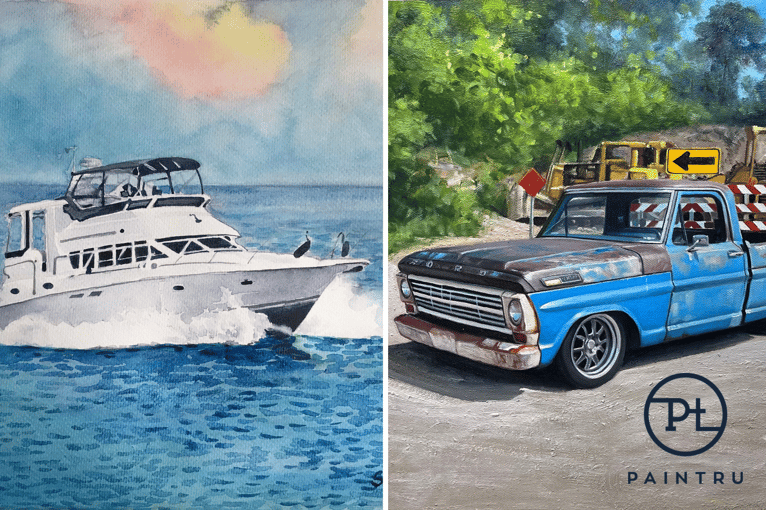
Yet, oil paintings are renowned for their thick, buttery texture and the way the pigments may be blended and layered to produce depth and a sense of realism. Because oils dry slowly, an artist can blend and apply the paint over a longer period of time, creating paintings that are more realistic and detailed. Also, the luminosity and depth of oil paintings can give the impression that they are three-dimensional. More flexibility in the painting process is also made possible by the capacity to manipulate paint over a longer period of time, as the artist can alter and modify the painting as necessary.
The finished oil painting's durability is another advantage. Oil paintings can persist for decades with proper care and storage since they are more resistant to fading and discoloration than watercolor paintings. As a result, both artists and collectors consider them to be worthwhile investments.
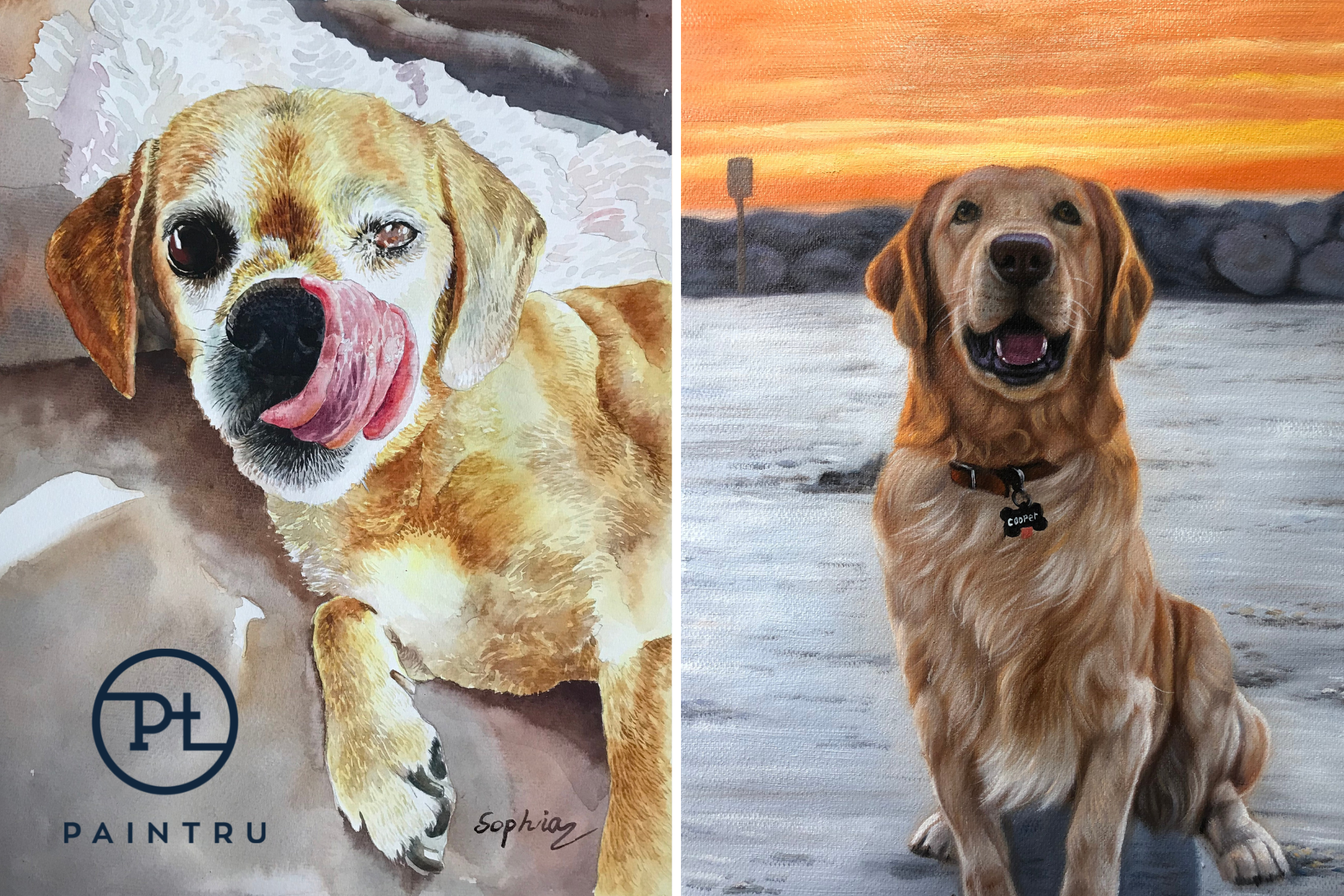
Yet, it should be mentioned that oil paintings also have their limitations. The length of time it takes for the paints to dry is one of oil painting's main drawbacks. For artists who wish to work quickly and capture the essence of a scene or subject, this might be a constraint. Oil paintings also need solvents and other chemicals for cleanup, which, if not used appropriately, can be bad for the environment and the artist's health.
Moreover, it should be noted that each medium has its own benefits and drawbacks. Because of its portability, quick drying time, simple cleanup process, and transparency and luminosity that provide a sense of light and mood, watercolor painting is a popular medium. On the other hand, oil painting gives permanence in addition to a rich, buttery texture and the ability to mix and combine the hues to produce depth and a sense of realism. The customer's personal preferences and the intended impact of the artwork are taken into consideration while selecting the medium. Oil painting may be preferable for people who value the rich textures and flexibility of the medium, whereas watercolor painting may be preferable for those who value the transparency, luminosity, and quick-drying characteristics of the medium.
Not sure what medium you like best? Chat or email our team for their opinions at https://paintru.com/pages/contact-us.

